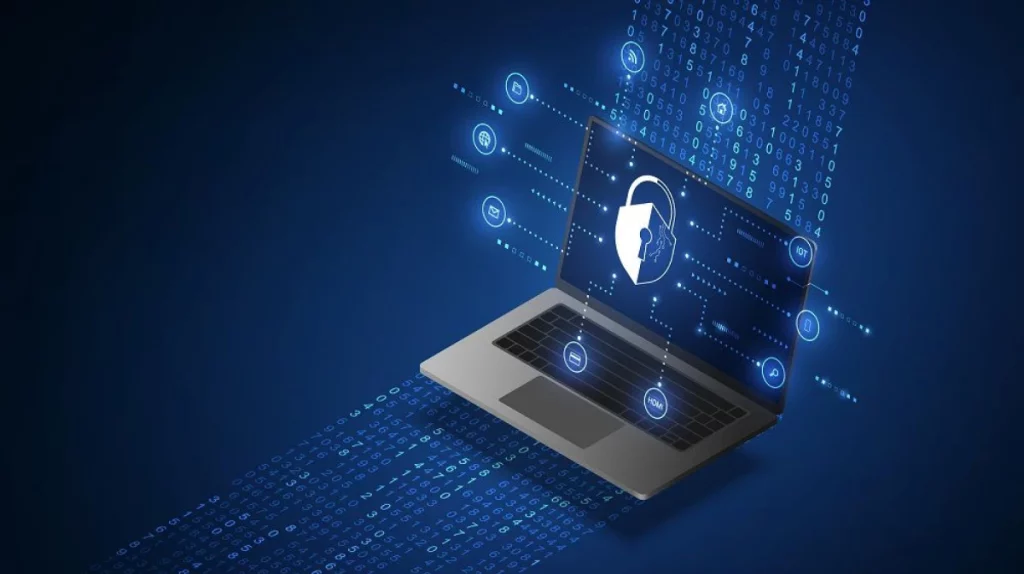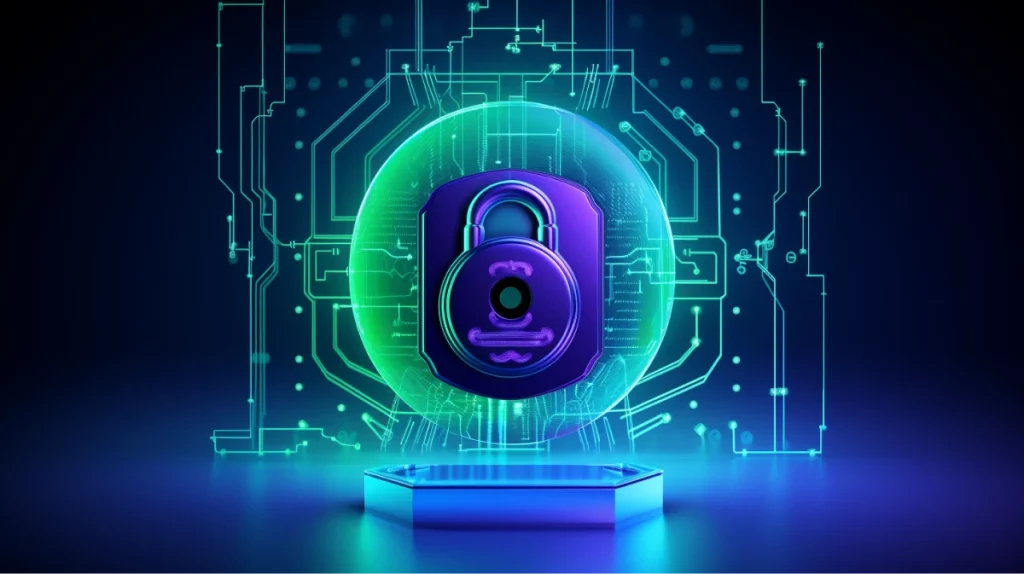As technology is advancing day by day, so do the threats that sneak into the digital world. Cyber security is considered as one of the safest and greatest tools in the fast paced digital world. Cyber security can be termed as the invisible guards working tirelessly to keep your data, information, business world safe.

What Is Cyber Security?
Cyber Security refers to the ways that are implemented to protect computer systems, digital information, networks, and sensitive information, from theft, damage, unauthorized access, or any cyber attack. It encompasses a certain set of technologies, practices, processes, that are specially designed to keep the confidentiality, security, and integrity of digital statistics.
Apart from it there are 5 C’s of cyber security, that can help you get through the complexes of cyber threats.
- Change,
- Continuity,
- Cost,
- Compliance, and
- Coverage

Why Is Cyber Security Important?
Cyber security is significantly one the major factors in Nations security, as now nations are no longer just defended by physical borders and security, but by the strength of their digital infrastructure. Cyber security helps in technology innovation, maintaining trust of customers and employees, business operations, securing financial details of organizations, etc.
Be it for national data security, personal information, or for the business or corporate world information, cyber security is the trust worthy companion in the current digital age.

(A) External Threat Protection
Most of the threats come from external sources. Hackers make use of ways like phishing, DDoS attacks, ransomware, through which they gain access to your site, information, software, network, malicious email attachments, etc.
External threats protection is a comprehensive strategy that combines technological solutions, active monitoring, proper guidelines, to defend against cyber threats originating from external ecosystems.

It encompasses various methods like email filtering, anti-phishing measures, creating strong passwords, implementing string security policies, etc. that help in defending against external factors.
Thus, cyber security offers features like access control, software’s for data protection, network security, high end security, etc. to maintain confidentiality of one’s data and information.
Note: Also visit the article- How To Avoid Insurance Fraud In India?
(B) Encryption Of Data
Data encryption is one of the fundamental features of cyber security, it transforms sensitive information or data into an unreadable format. Ensuring that even if the data is obstructed, it remains unreadable by the unauthorized entities.
It acts as a digital lock and key that helps in safeguarding the confidentiality and integrity of networks. This feature helps individuals, businesses and corporations to secure every detail of them, even the basic ones like, transactions, IDs, financials, etc. from theft and data breach.

Encryption makes use of complex algorithms that are governed to transform the plain text into an unreadable format, which makes it more secure and safe. Encryption plays a pivotal role in safeguarding information, by transforming text into an unreadable format, when information travels across various networks.
It makes it confidential and secure. Some tools that are used to encrypt data are BitLocker, Vera Crypt, TripleDES, DiskCryptor, AxCrypt, etc.
(C) Cloud Based Security
One of the paramount and prominent features of cyber security. As stated by Colorlib statistics, around 94% of the companies globally are using cloud based security in 2023 that help them in handling their business operations and security.
Cloud security solutions extend beyond the normal traditional ways. The Identity and Access Management feature plays a crucial role in cloud based security. This feature ensures that only the authorized users or systems interact with the sensitive data or the information.

Cloud based security offers various tools and services that are used for analytics and threat protection. It offers services like computing platforms, IaaS, Web hosting services, encryption, and other threats. Cloud based security helps in aiding companies in maintaining compliance with various regulatory standards by providing security measures like device authentication, resource and data access, and protection of data privacy.
(D) Barriers To Threats
There are several barriers that are implemented in order to make your data stuff and information safe from cyber threats and hackers. One of them is the Firewall barrier. Firewall operates as a digital gatekeeper between your computer and other networks like the internet.
They inspect data information and data sights, determining whether they meet the predefined security criteria. One of the firewall type feature, i.e. New Generation Firewall, mainly focuses on blocking malware and application layer attacks.

It also offers features like Deep Data Packet Inspection, VPNs (Virtual Private Networks), URL Blocking, etc. Firewalls help in detecting barriers and provide shielding for networks and systems.
(E) Multi Factor Authentication (MFA)
This provides an extra layer of security beyond passwords by requiring users to provide more proof of identification. This can include more passwords like biometric (facial recognition, voice recognition, or fingerprints), codes sent via email, security tokens, etc.

By providing protection to access controls, MFA reduces the risk of unauthorized access, especially where passwords alone could be at risk.
MFA is often a requirement for compliance with data protection regulations and current industry phases. MFA is a pivotal feature in cybersecurity, aligning with the evolving threat landscape and addressing risk factors associated with passwords.
(F) Regular Analysis Of Security
This comprises overall navigation and overview of the network. Involves more than just implementing cyber security tools. It is a fundamental feature in cybersecurity ensuring a proactive and secure approach to identifying, mitigating, and preventing system and data from potential threats in the online landscape.
By embracing continuous assessment, organizations or companies can identify vulnerabilities and can address those at the right time and can understand their security system more effectively and can make informed decisions.
Summing Up
Understanding and implementing the above crucial features of cybersecurity is of prime importance in the current era. It allows to navigate the online world with more confidence and security, knowing that our information is protected with a cybersecurity shield against the unseen threats.

These features can serve as the guide while embarking in a digital landscape and not falling for any threat activity like phishing, fraud emails, etc.
